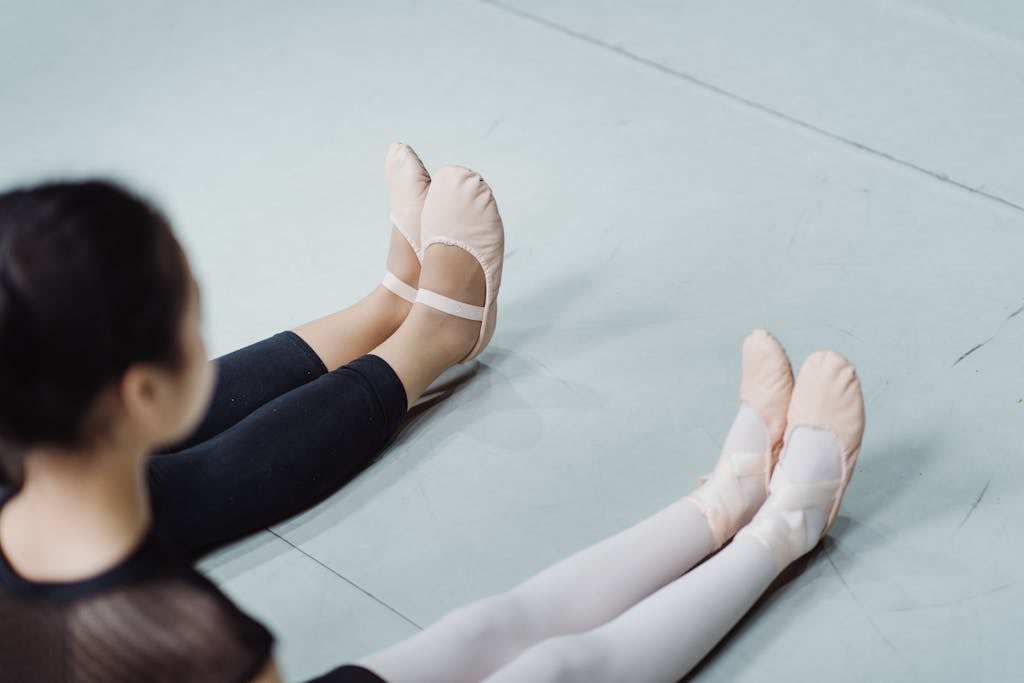Wondering when it’s safe to hit the gym post-surgery? Dive into this comprehensive guide to discover the ins and outs of exercising after various surgical procedures!

Introduction
Embarking on the road to recovery after surgery often involves a multitude of questions, with one burning inquiry lingering in many minds: “How long after surgery can you exercise?” Delving into this topic isn’t just about counting days but understanding the intricacies of your body’s healing process. So, let’s strap on our metaphorical workout gear and embark on this journey to uncover the timeline of post-op exercise!
Navigating the Post-Surgical Terrain
Navigating the post-surgical terrain requires patience, understanding, and a dash of medical insight. While the allure of returning to your fitness routine may be enticing, it’s crucial to prioritize your body’s healing needs above all else. So, let’s lace up our sneakers and embark on this adventure through the realm of post-operative exercise!
Understanding the Healing Process
Before diving into the realm of post-operative exercise, it’s essential to grasp the intricacies of the human body’s healing process. Here’s a breakdown of what happens behind the scenes:
1. Inflammation: The Initial Response
After surgery, your body initiates the inflammatory phase, signaling the start of the healing journey. During this phase, your body’s immune system kicks into high gear, dispatching an army of cells to the surgical site to fend off potential threats and kickstart the repair process.
2. Tissue Repair: Building From Within
Following the inflammation stage, your body shifts gears into the tissue repair phase. Here, specialized cells work tirelessly to rebuild damaged tissues, knitting them back together like a skilled seamstress piecing together a quilt.
3. Remodeling: Crafting Resilience
As the healing process progresses, your body enters the remodeling phase, akin to an architect fine-tuning the blueprint of a structure. During this stage, tissues mature and strengthen, paving the way for optimal recovery.
The Burning Question: How Long After Surgery Can You Exercise?
Ah, the million-dollar question! While the desire to resume your exercise routine post-surgery is understandable, it’s crucial to approach this with caution and heed the guidance of your healthcare provider. So, let’s tackle this burning question head-on:
Factors Influencing Post-Op Exercise Timing
Determining the optimal time to resume exercise post-surgery isn’t a one-size-fits-all equation. Several factors come into play, including:
- Type of Surgery: Different surgical procedures entail varying degrees of trauma and recovery times. A minor procedure may warrant a shorter recovery period compared to major surgeries.
- Individual Healing Capacity: Each individual’s body responds differently to surgery, influenced by factors such as age, overall health, and pre-existing conditions.
- Post-Op Complications: Complications during the recovery phase may necessitate a longer hiatus from exercise to ensure proper healing and mitigate risks.
- Surgical Site: The location of the surgical incision or intervention can impact the type and intensity of exercise allowed post-surgery.
Tailoring Exercise to Your Recovery Timeline
While there’s no one-size-fits-all answer to the question of when to resume exercise after surgery, here are some general guidelines to consider:
- Listen to Your Body: Pay close attention to how your body feels during the recovery process. If you experience pain, discomfort, or unusual symptoms, it’s essential to consult your healthcare provider before resuming exercise.
- Follow Your Surgeon’s Recommendations: Your surgeon is your ultimate guide when it comes to post-operative care. Follow their instructions regarding activity restrictions, gradually easing back into exercise under their supervision.
- Start Slow and Gradual: Rome wasn’t built in a day, and neither should your post-op exercise routine. Begin with gentle, low-impact activities such as walking or stretching, gradually increasing intensity as tolerated.
- Avoid High-Impact Activities: Steer clear of high-impact exercises or activities that place excessive strain on the surgical site during the initial stages of recovery. Opt for gentler alternatives to protect your healing tissues.
- Stay Hydrated and Nourished: Proper hydration and nutrition are cornerstones of the healing process. Ensure you’re fueling your body with adequate fluids and nutrients to support recovery and optimize exercise performance.
FAQs: Addressing Common Concerns
As we navigate the post-operative exercise landscape, let’s address some common concerns and queries:
1. Can I Exercise Immediately After Surgery?
In most cases, immediate post-operative exercise is not advisable. Your body needs time to recover from the surgical trauma before engaging in physical activity. Follow your surgeon’s guidance regarding the appropriate timing for resuming exercise.
2. What Types of Exercise Are Safe After Surgery?
Low-impact activities such as walking, swimming, and gentle stretching are typically safe options during the early stages of recovery. Avoid high-impact exercises or activities that place undue stress on the surgical site.
3. How Can I Tell If I’m Overdoing It?
Listen to your body’s cues during exercise. If you experience pain, discomfort, or fatigue beyond what’s considered normal, it’s crucial to dial back the intensity and consult your healthcare provider.
4. When Can I Resume Intense Workouts or Sports?
The timing for resuming intense workouts or sports varies depending on the type of surgery and individual healing capacity. Consult your surgeon for personalized recommendations tailored to your recovery timeline.
Conclusion: Navigating the Post-Op Exercise Journey
Embarking on the post-operative exercise journey requires patience, caution, and a keen understanding of your body’s needs. While the allure of returning to your pre-surgery fitness routine may be strong, it’s essential to prioritize proper healing and recovery above all else. By following your healthcare provider’s guidance, listening to your body, and gradually easing back into exercise, you can pave the way for a smooth and successful recovery journey. So, lace up those sneakers, take it one step at a time, and remember: patience and persistence are the ultimate keys to post-op exercise success!

